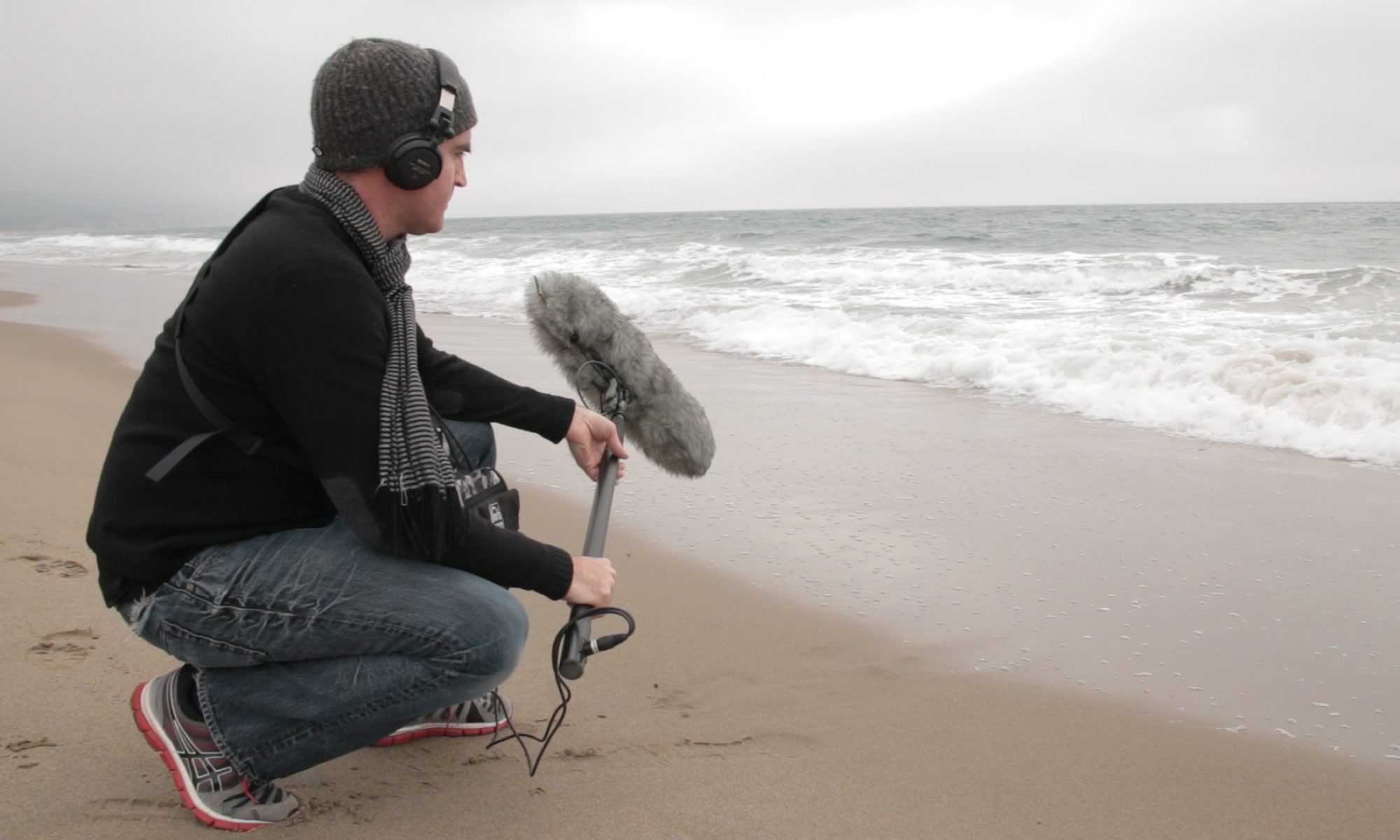When I was a kid, I was a pretty good student. I was always good at taking tests, and that carried me through even though my study habits were not that great. (Actually, that didn’t work so well in college Calculus, but that’s no big surprise.) Anyway, it’s kind of funny, considering my current career in education. Or perhaps its not so funny, when you consider that government officials, educators, and even parents are more obsessed with test scores than ever. Come to think of it, maybe this IS where I’m supposed to be. Who knows…
Anyway, the one thing I did consistently work hard at throughout my childhood was music. I started on the Piano at the age of five (six?), and continued studying, performing, and composing music in one form or another until this very day. In those days, the arts were considered an enrichment activity and not essential to success in life. And I find it somewhat unbelievable that this general attitude towards the arts continues today. Even after study after study shows that exposure to the arts is beneficial to children, arts programs are always the first to go when money gets tight. Well, it’s either the arts or physical education, which in my humble opinion is almost but not quite as appalling.
In hindsight, I can see a couple of things that very clearly influenced my decision to pursue music and audio engineering (and eventually education) as a career. First, my parents were both musicians, so in our household everyone played music and it was really no big deal. Growing up in that kind of environment pretty much guaranteed that I would be something of a musician no matter what else I chose to pursue. I’m pretty sure that’s what kept bringing me back to music on the few occasions when I got burnt out on a particular instrument or style of music. As I got older I would just bounce around to another instrument or style of music (or some new piece of music technology that my mother, bless her, was willing to pay for) and continue on.
And there was a second event, this one much more specific, that led me down this path. My mother was a psychologist and worked with medical students from one of the local medical schools. As a result, she developed a close personal relationship with the dean of that medical school. (I believe she was Greek, like my mother, which was probably a factor as well.) One day, when I was about sixteen, my mother decided that I should have lunch with the dean to talk about medical school. I can’t remember much about the conversation, but there was one tidbit that stuck with me: She told me to major in music in college. Now, I know what you think I’m about to say; that she thought I should pursue my one true passion and career be damned, right? Wrong. She told me that music majors had the highest rate of acceptance into medical school. What? No, not that most doctors were music majors. But that music majors were accepted at a higher rate than any other major (including classic pre-med majors like biology and chemistry). So, I went of to college and majored in music. I gave up on pre-med a couple of years later, but that’s another story.
So if med schools (whom we’ll assume know something about choosing strong applicants) are desperate to get more music majors, why do we still consider arts education to be a luxury as opposed to a necessity? If I had to venture a guess, I’d guess that it’s because of the current cost of education. If education were cheaper (or free?), I believe more parents would be supportive of their children who show an interest in the arts. But in the current reactionary education climate, even parents who innately understand the value of arts education are willing to throw the arts out the window when school budgets (and student loans) enter the conversation. Hey, we’re falling behind much of the rest of the world in math and science education, right? Everyone, FREAK OUT! My question is, where do we rank in arts education?


